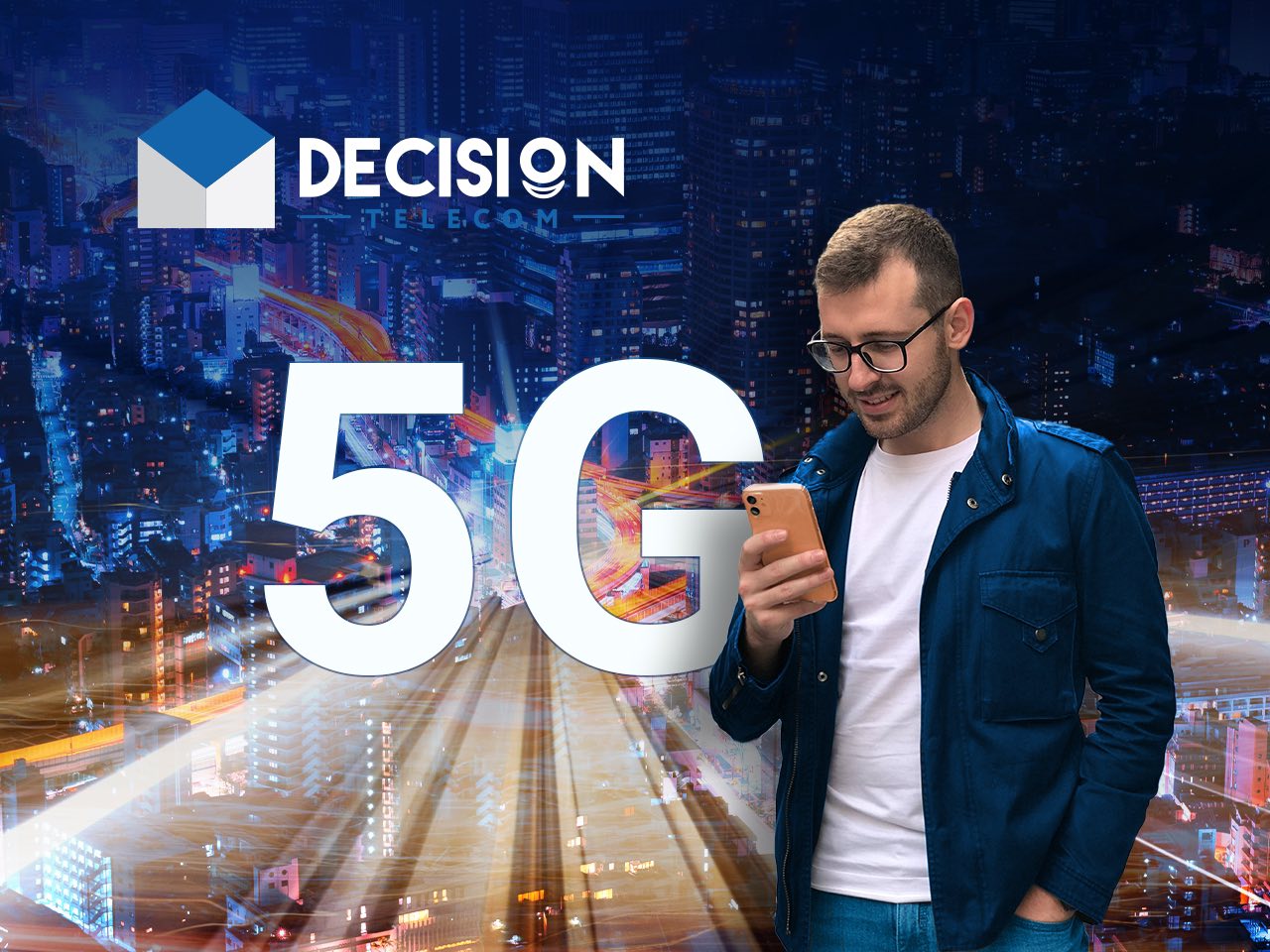
Speed, Reliability, Scalability: Benefits of Deploying 5G Networks for Business and Consumers
New challenges in life require new solutions. The rapidly growing online audience, the increase in Internet traffic, and the transmission of large amounts of data have led to the deployment of fifth-generation mobile communications. 5G is a new type of global wireless standard that opens up new possibilities for the world of mobile development.
In this article, we will look at 5G: the characteristics and benefits of the technology for telecom operators, businesses and subscribers.
5G technology - what is it?
The concept of a 5G wireless network (from the English fifth generation) appeared in 2014, and the development was launched at the end of 2018. It is now available in countries such as the USA, UK, South Korea, Canada, Australia.
Many people think that the fifth generation represents a new network standard, and is an improved version of 4G, but it is not. 5G is a completely new network infrastructure for telecommunications and information technology services.
It allows the deployment of networks that provide ultra-fast data transfer rates. According to the characteristics of 5G, the Internet speed is about 20 times faster than that of 4G. Apart from this, there are other advantages.
Reduced latency
The data transmission delay of 5G networks is no more than a millisecond. Minimizing this metric while sending and receiving real-time data has tremendous business value.
High speed
5G speeds are likely to be comparable to, or even faster than, wired fiber optic networks, and will also be faster than 4G speeds.
Increased bandwidth
Thanks to the increased bandwidth, 5G technology is able to transfer data at speeds up to 100 times faster than 4G.
Mobility
With 5G technology, base stations are able to support on-the-go operations with stability at speeds from 0 to 310 mph, allowing them to be used on, for example, high-speed trains.
Improved density of connections
It is expected that in the future the 5G network will be able to support up to 1 million connected subscribers per 1 sq. m. This is especially true for densely populated areas, for example, because of this, South Korea is considered one of the largest markets for 5G.
Now LTE connects up to 2,000 devices per 1 sq. km. m.
Conclusions
As the mobile industry matures, 4G networks will no longer provide enough bandwidth to handle the large amounts of data being generated.
The transition to 5G technology is a way to create fast and reliable connections, reduce the cost of data delivery, and improve subscriber interaction.

